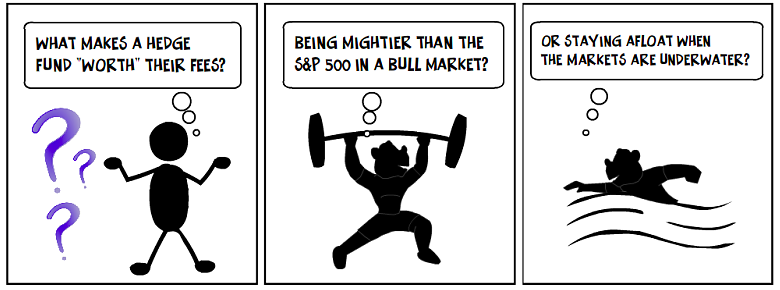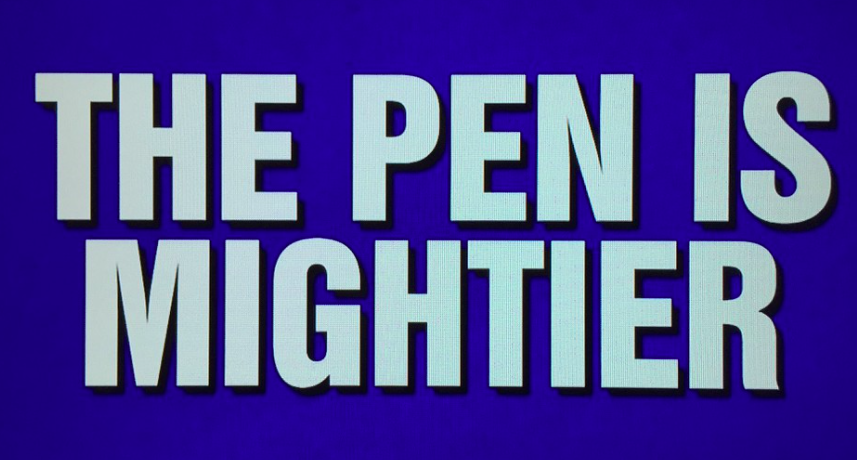I’d like to think I’m not big into snap judgements, but a recent trip to the left coast in super-glamorous coach showed me that I’m completely full of it on that front. As I sat in my window seat waiting for my fellow fliers to board, I quickly sized up each and every passenger as they came down the aisle to determine whether they were someone I wanted to share air (and an armrest) with for the next four hours.
I mentally begged for the tiny old ladies. Anyone the size of a professional athlete (save maybe a jockey) I tried to psychically hurry past my row. I mean, seriously, those coach seats aren’t wide enough for a five-foot three figure skater, let alone a member of the NFL.
In fact, I still sometimes have flashbacks to a flight a couple years back when I was marooned next to a professional bowler for five hours. He was completely lovely, for what it’s worth. He even offered me a piece of gum mid-flight. Sadly, when he pulled said gum out of his pocket, it had liquified. I guess the heat that had built up to Dante’s Inferno level between our inexorably connected hips was just too much for a pack of Juicy Fruit to take.
Yeah, just thinking about that again kind of made me throw up in my own mouth.
Anyway, after the tall but sinewy gentleman took the middle seat on my recent flight, I had plenty of time to think about investment industry stereotypes as I tried not make arm or thigh contact midflight. And since I’m often picking on managers in this blog, I decided to fixate on investors for once.
So here you go!
It’s a completely unscientific, grossly generalized profile of the five investors most money managers meet.
The Tomato Seed– As a Southern girl, I know a thing or two about tomatoes. I know that any tomato eaten before the month of July (or after the month of September) is likely to taste like a whole lot of nothing. I know that, after a certain age, I’ll be required to grow tomatoes if I want to continue living in the South. And I know that tomato seeds are slippery little buggers. Seriously, try cutting a good beefsteak tomato on a cutting board. Now try to pick up one seed on your finger. I bet it squished away from you, didn’t it? Tomato Seed Investors are the exact same way. You can try to pin them down on something (a phone call, a visit to their offices, a due diligence trip, a date for subscription docs to arrive) and you just can’t quite to get them to stick. Tomato Seeds may employ a variety of tactics to slide away… “I’m sorry I didn’t see your email.” “I’m in another city that day, try again next trip.” “Contact my assistant (she’s out for maternity leave)…” but the result is always the same.
The T-Rex- You’ve seen a T-Rex right? Not a real one, obviously, but a rendition or skeleton of one, I’m betting. You know how they have really short arms? Picture those arms trying to reach into their pockets to grab a wallet. There’s no freakin’ way, right? T-Rex Investors similarly have very short arms and very deep pockets. They may say all the right things about how great your strategy is or how they love your team and your energy. They may even go through the full due diligence dance before all is said and done. But they never actually hand you any money. T-Rex Investors are one of the trickiest to deal with in the wilds as you don’t actually know who they are until you’re at least two years in. Up until that point, you kind of have to keep being nice and going through the motions, but once you’ve met a T-Rex, you’ll always be a bit scarred by the experience and perhaps even prone to pushiness with future investors.
The Ghost– For anyone who has ever dated on Tinder, Bumble, Match or, hell, just dated period, The Ghost is a familiar figure. You meet The Ghost Investor at a conference or event. You have a great conversation. There’s terrific follow up. You have another meeting or talk shop over a lovely Merlot. And then The Ghost, well, ghosts. You send emails that fly into cyberspace, never to been seen or heard of again. You leave messages on every available phone the investor has but get no return call. You contemplate hiring a medium to see if you can raise The Ghost Investor from the dead, all to no avail. The Ghost has disappeared, likely never to be seen in more than passing again. They may appear as a brief apparition at a conference but are usually viewed in passing (as they spirit away from all the managers they’ve ghosted before) or from a distance.
The Doorknob– One of my ex-boyfriends was a doctor. He liked to tell me how his day was over dinner and more than a few gin and tonics. Some of the stories were sad, some had delightfully happy endings, and some were SSDD. The most common refrain was complaints about patients who waited until Doctor Dude’s hand was literally on the doorknob, walking out of the exam room, to tell him that something else was wrong. It could be small, like an ingrown toenail, or utterly ridiculous in a “Hey-doc-did-I-tell-you-I-faint-every-time-I-walk-up-the-stairs?” kind of way. Whatever it was, it always stopped Doctor Dude cold. He’d thought he’d reached escape velocity and then WHAMMO! There are investors who excel at The Doorknob, too. You jump through every hoop and are told, explicitly or implicitly, that a wire is imminent. Then, The Doorknob strikes. “Oh, hey…we were just wondering about the trader you fired three years ago…can you provide his contact details to us?” “Gee, we’re really close but we are actually going to need to chat with your compliance person again to get her perspective on your ERISA AUM.” “So, it’s probably nothing, but in our background check we discovered that your chief information officer has a criminal record and we’re gonna need to clear that up.” Whatever it is, it hits you in the face like a glass of ice water and it has to be dealt with before you get any moola. Makes you want a gin and tonic too, right?
The WOW– The WOW Investor (Walk On Water) is the rarest of all investors. They return calls and emails within a reasonable amount of time. Their due diligence process, however lengthy, goes exactly according to plan. They clear up issues quickly and efficiently. They understand that, in order to run a successful business, you actually need cashflow to pay talent and build infrastructure AND they don’t begrudge you making a little coin, too. They call when they have questions and potentially provide insight into how best to communicate with other investors. The WOW investor is the Holy Grail of Limited Partners. They can be confused with the T-Rex and the Ghost, at least for a period of time, but will distinguish themselves in relatively short order by, oh, writing a check or returning a call. If you are lucky enough to find a WOW Investor, you should do everything in your power to keep them happy, up to and potentially including offering them your first-born child. Your wife or husband may grumble, but then again, they’ve never had to deal with the less desirable types of investors.
As you go about your capital raising business, be on the lookout for each of these types of investors. You may not be able to ID them as quickly as I could a potential seatmate on my flight, but you’ll get better at it over time.





























